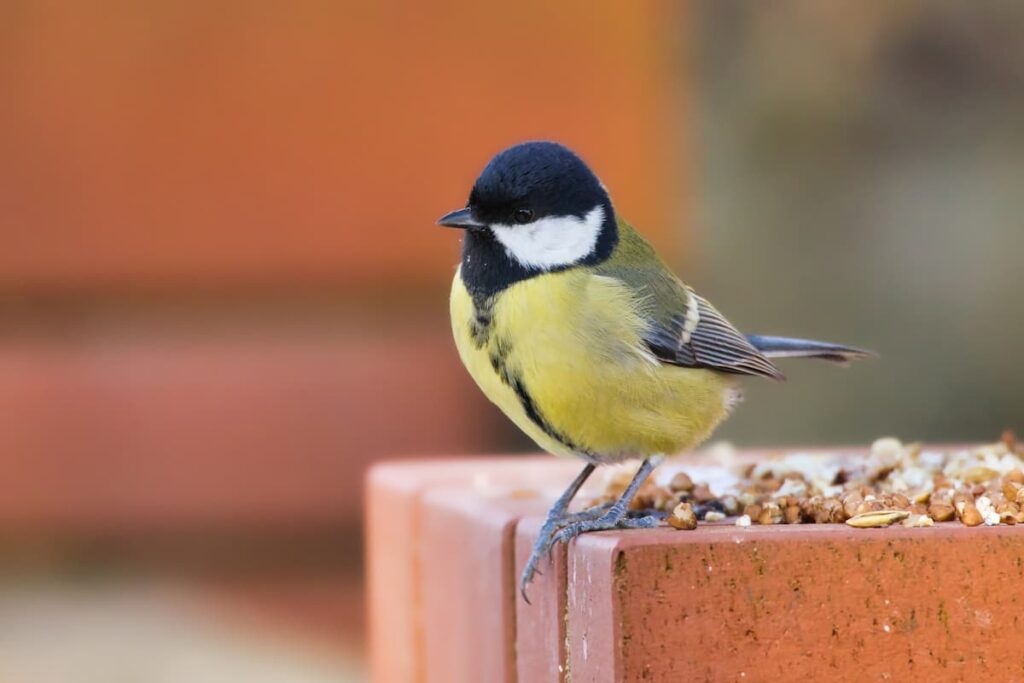Disappearing Voices in the Grasslands
Across vast grasslands in the United States, prairie birds are vanishing at an alarming rate. These birds, once common sights and sounds in open fields and meadows, have seen their populations plummet by 43% since the 1970s. This drastic decline surpasses that of any other bird group in the country. Scientists specializing in bird conservation have identified prairie birds as being in crisis — and their disappearance signals deeper issues within the ecosystems they inhabit.
The primary reasons behind this drop include the rapid transformation of natural grasslands into farmlands, urban areas, and zones for energy development. Additionally, invasive plant species and prolonged droughts — intensified by rising global temperatures — have pushed many bird species to the brink. These changes are reducing both the quantity and quality of the habitats that prairie birds rely on to nest, feed, and thrive.
One example is the bobolink, a songbird known across the Midwest and Great Plains. Its numbers continue to fall, even in areas where some conservation efforts have been implemented. The steady, annual decline paints a worrying picture for the future of this and many other species.
Why Birds Matter More Than Ever
The disappearance of prairie birds is not just a loss for bird lovers. These animals are crucial players in maintaining balanced grassland ecosystems. They help regulate insect populations, spread seeds, and cycle nutrients through the environment — processes that are vital for the health of the land and the people who depend on it.
Beyond their ecological role, prairie birds also have an unexpected economic impact. Birdwatching generates significant income in the U.S., contributing hundreds of billions of dollars to the economy each year and supporting over a million jobs. The industry connects people to nature, fosters environmental awareness, and improves mental well-being. Studies have even shown that spending time observing birds can reduce stress and improve mood.
Losing these species would not only disrupt the natural order but also harm human communities economically and emotionally. The Great Plains alone host more than 200 bird species, yet the region continues to lose millions of acres of grassland annually. Without urgent intervention, many of these birds could disappear for good.
Taking Action: Conservation in Progress
Despite the sobering reality, several efforts are underway to help prairie bird populations recover. In the Great Plains, programs led by conservation organizations are working hand in hand with farmers and ranchers. These initiatives focus on converting some sections of cropland back into native grasslands, providing safe spaces for birds to return and reproduce.
Government conservation programs are also making a difference. By rewarding agricultural practices that support ecosystem restoration — known as regenerative agriculture — these initiatives encourage landowners to preserve biodiversity while still maintaining productive farms. Tools like the eBird app allow both scientists and bird enthusiasts to track bird sightings, helping monitor population trends and guide protection efforts more effectively.
Some bird species in other regions of the world, such as puffins in Wales and diving petrels in Chile, have already shown signs of recovery thanks to targeted conservation strategies. These success stories offer hope that with the right resources and community involvement, North America’s prairie birds could also bounce back.
A Shared Responsibility
The loss of prairie birds is a warning sign — not just for wildlife, but for everyone. These species reflect the state of the environment we all share, reacting quickly to changes that may go unnoticed by humans until it’s too late. Protecting them means preserving the ecosystems that support all life.
Everyone has a role to play. Donating to conservation organizations, advocating for responsible land use, and supporting regenerative farming are small but meaningful ways individuals can contribute. As development and climate pressures continue to grow, ensuring a future for prairie birds is not just about saving species — it’s about safeguarding a healthier, more resilient world for us all.


